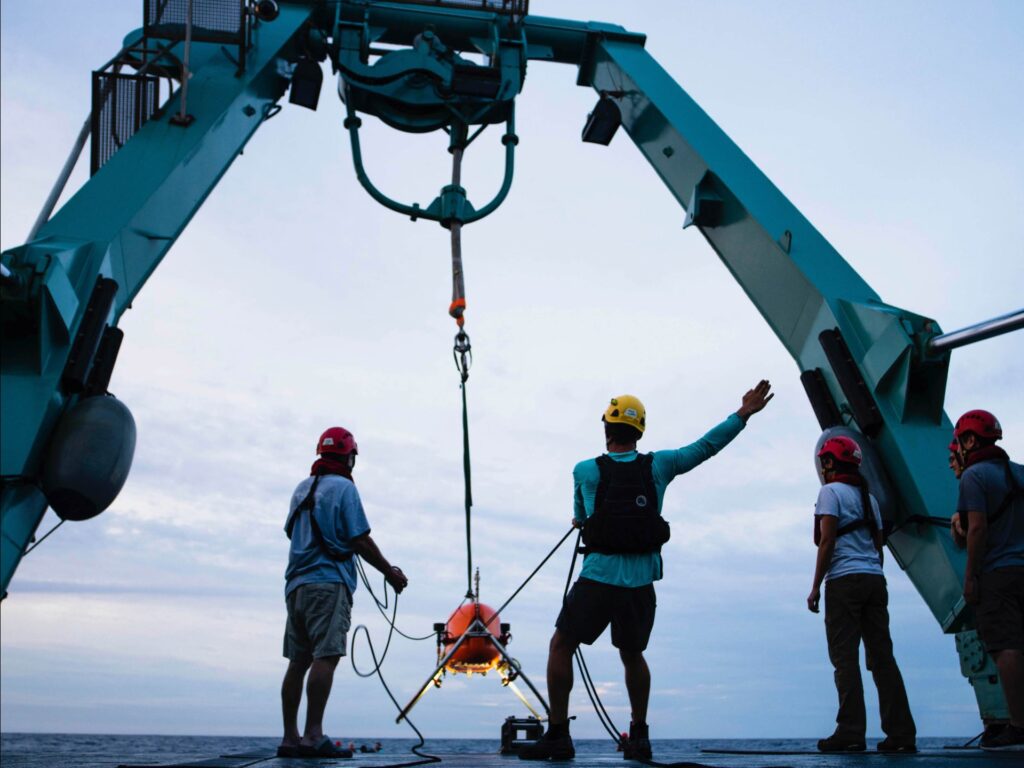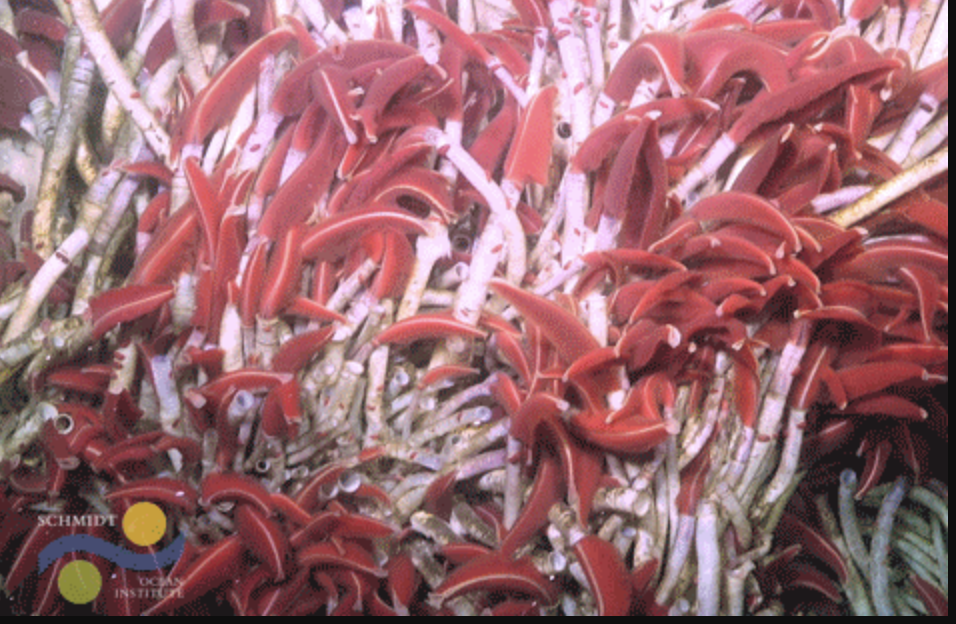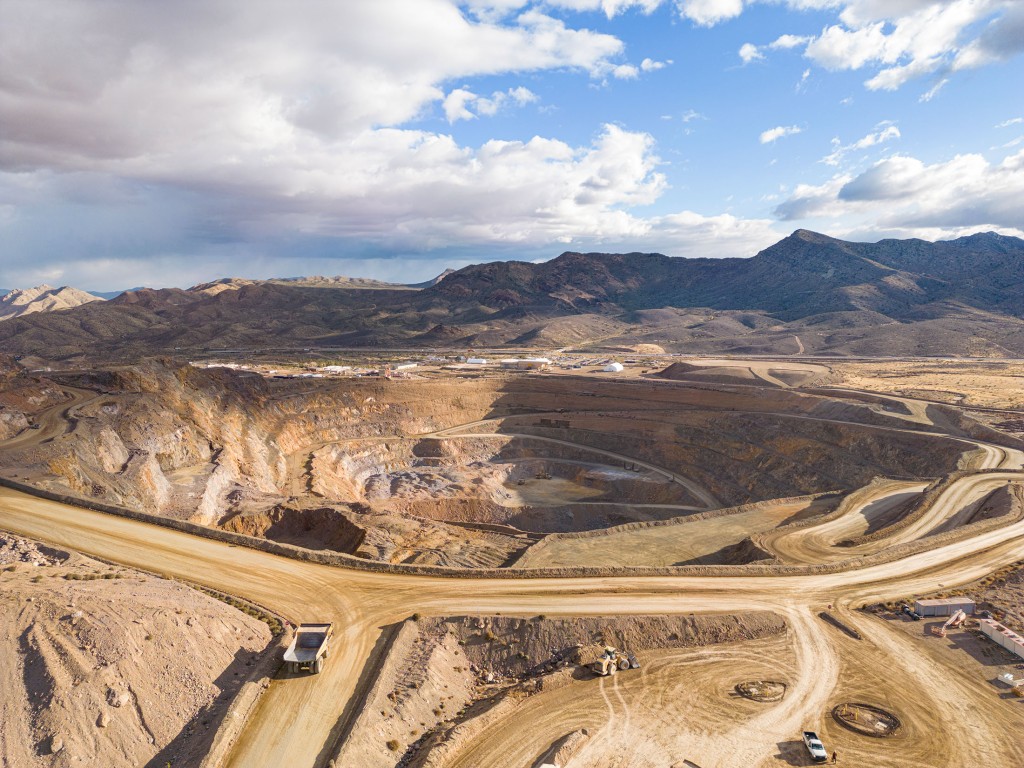Sign up for the California Science Weekly newsletter. Fresh California science every Friday!
Week of May 24, 2019
Quick note: we are back from an epic diving and filming expedition in Indonesia. We saw an amazing number of cephalopods, including octopuses and cuttlefish. More later.
Why we dumped 96 million black balls into the LA reservoir
Back in 2015, a video of LA Mayor Eric Garcetti dumping 96 million black plastic balls into the Los Angeles reservoir went viral. Almost all of the news reports at the time explained that the balls were meant to reduce evaporation, which made a ton of sense, given the state was in the throes of a terrible drought. But evaporation was only part of the story.
In this informative video, science vlogger Derek Muller visits the reservoir and takes a boat out, motoring through the balls as he learns the story. Turns out, the balls are also there because of bromate. Bromate is not your fraternity roomie in college, but rather a carcinogenic substance that results when bromide and chlorine interact with sunlight. Since it is cancer causing, we do not want bromate in our drinking water. Hence the balls, which prevent the sun from allowing the bromide/chlorine interaction. Incidentally, the balls do, in fact, reduce evaporation by as much as 80 percent.
Environment / Animals
Aquarium of the Pacific opens magnificent new wing
The Aquarium of the Pacific in Long Beach, California opens its new wing today (May 24, 2019), showing off what $53 million can buy in the way of technology to inspire young and old alike. The Daily Beast calls the new wing “a game-changer in how aquariums operate” with 29,000-square-feet of Instagrammable interactive displays and a theater with a 130-feet curved screen. The new wing is big on reef systems and sea creatures, highlighting the dangers of global warming and hoping to inspire young minds to protect our oceans. We can’t wait to visit!
Animals / Marine Science
Leafy sea dragons to be bred in captivity
Speaking of aquarium exhibits, the Birch Aquarium at the Scripps Institution of Oceanography in San Diego just opened a new exhibit featuring a rare and amazing animal: the leafy sea dragon. Related to the seahorse, the animals have harnessed evolutionary magic to resemble floating seaweed. It’s an astonishingly convincing bit of camouflage. Leafy sea dragons are native to the shallow, seaweed-filled seas of southern Australia, and are quite rare. The animals are threatened by pollution, warming oceans and the illegal pet trade.
The aquarium has three leafy sea dragons, two males and one female, and they say they hope to begin breeding them.
Scientists hope the creatures’ crazy and cute appearance will inspire people to think about the health of the ocean by reducing their trash, plastic and other types of pollution.
Marine Science
Mapping California’s seafloor
What does California look like beneath the waves? For the last decade, the California Seafloor Mapping Program (part of the US Geological Survey) has done detailed surveys of the ocean floor off the coast of California. The maps are not only beautiful, but they are some of the most detailed and useful maps of an underwater landscape ever made. They reveal active faults and submarine landslides, and provide a detailed understanding of animal habitat. The maps are helping us better understand navigational safety, coastal erosion, the health of fisheries, as well as earthquake and tsunami hazards. Perhaps more than anything, they provide a baseline for the future, so that we can better understand how the coast is changing due to climate change.
California Seafloor Mapping Program Wired
Geology / Environment
Wildfires, snowmelt and earthquakes
To the delight of skiers, the Sierras remain blanketed in snow after one of the wettest winters on record. It’s almost enough to make us forget about the terrible drought and the damage wrought by the 2018 wildfire season. But hold on. A new study shows that there is a connection between the two: wildfires may actually hasten snowmelt. Data from the report show that snow melted, on average, five days sooner within burn zones than in places that hadn’t burned. This has implications for cities like Los Angeles that depend on snowpack for the majority of their water supply.
In a related story, new research has also linked snowmelt to small earthquakes in the Sierras near Mammoth Lakes (pictured). Scientists don’t know exactly what is happening, but they suspect that as larger than usual amounts of water seep into the earth, it may put an expanding pressure on fault systems, thus triggering seismic activity. For now, the earthquakes remain small and unlikely to result in damage to homes in the region.
Engineering
Amazingly light flying robots
Engineers at the University of Southern California have made tiny insect-like drones weighing just 75 milligrams. Called the Bee+, the wee flying machines are capable of perching, landing, following a path, and avoiding obstacles. It’s not hard to imagine swarms of these things in the future helping explore hard to reach spaces and perform tasks like mapping or search and rescue. Here’s a video of the Bee+ in action.
MORE
You have to admit NASA’s new moon video is pretty inspirational.
How the removal of the San Clemente dam is helping bring back steelhead trout. It’s a success story about the benefits of dam removal.
On the difficulty, if not the impossibility, of solving LA’s traffic problem.
Recent research suggests California’s wet winter will not save it from a harsh wildfire season.
A new report Shows hazardous air quality in 96% of National Parks, including Yosemite and Joshua Tree.
California Bans Chlorpyrifos, a toxic pesticide that can affect a child’s brain development.
How drones might play a role in the “smart” wall along the border.














